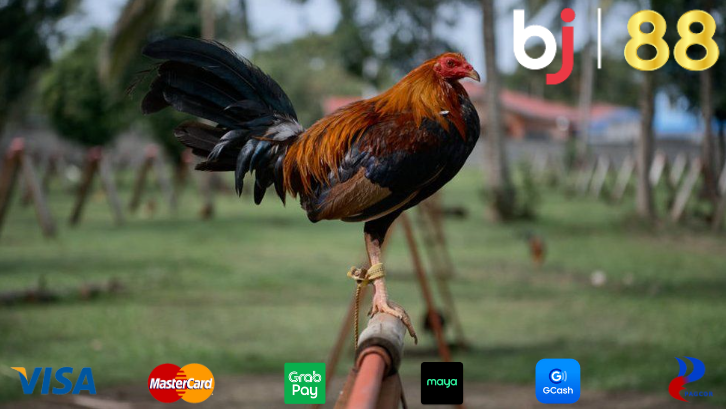Explore the intricate relationship between a gamefowl’s physical attributes and its proficiency in employing the Plasada fighting style. Discover how traits such as size, agility, and wing structure impact a gamecock’s effectiveness in the arena.

Gamefowl fighting, known as “sabong” in the Philippines, is a sport deeply rooted in tradition and strategy. Within the world of sabong, various fighting styles exist, each with its distinct techniques and tactics. One of these styles, the Plasada style, relies heavily on precision, agility, and strategy. In this article, we will delve into the fascinating connection between a gamefowl’s physical characteristics and its ability to excel in the Plasada style of fighting. Understanding how a gamecock’s size, agility, wing structure, and other attributes influence its performance in the arena is key to appreciating the nuances of this artful combat style.
The Plasada Style: A Brief Overview
Before delving into the impact of physical characteristics, let’s briefly review the key aspects of the Plasada style of fighting.
Precision Strikes and Strategy
The Plasada style emphasizes precision strikes aimed at vulnerable areas of the opponent, coupled with a keen sense of strategy. Gamecocks trained in this style are known for their accuracy when delivering strikes, making each move count in the cockpit.
Agility and Evasion
Agility and evasion are paramount in the Plasada style. Gamecocks must be adept at swiftly moving to avoid incoming attacks while conserving energy for well-timed counterattacks. This agility sets Plasada fighters apart from more aggressive styles of fighting.
The Influence of Physical Characteristics
Now, let’s explore how a gamefowl’s physical attributes play a crucial role in its ability to excel in the Plasada style of fighting.
1. Size and Weight
Size and weight are significant factors in Plasada-style combat. Smaller and lighter gamecocks tend to have an advantage due to their agility and maneuverability. They can navigate the cockpit with greater ease, evading opponents’ strikes and delivering precise blows.
2. Wing Structure
The structure of a gamefowl’s wings is another important consideration. Gamecocks with well-developed, strong wings can execute quick, evasive maneuvers. These birds can swiftly change direction, making it challenging for opponents to land accurate strikes.
3. Leg Length
Leg length is a key physical attribute that impacts a gamecock’s ability to employ the Plasada style effectively. Gamecocks with longer legs can execute rapid footwork, allowing them to dance around opponents and position themselves for precise strikes.
4. Feather Quality
The quality and arrangement of a gamefowl’s feathers can also affect its performance in Plasada-style fights. Birds with well-maintained plumage can use their feathers to their advantage, creating distractions and confusion for their opponents.
Selective Breeding for Plasada Fighters
Selective breeding plays a pivotal role in developing gamecocks that excel in the Plasada style. Breeders carefully choose parent birds based on their physical attributes, with a focus on size, wing structure, leg length, and feather quality.
Size and Agility
Breeders often prefer smaller and lighter gamecocks with agile bodies. These birds are more likely to possess the agility required for the Plasada style.
Wing Structure and Leg Length
Breeders aim to produce gamecocks with well-structured wings and appropriate leg length. These traits are passed down through generations to create birds optimized for Plasada-style combat.
Feather Management
Feather quality is also a consideration in breeding. Breeders select birds with feathers that are well-suited for creating distractions and disorienting opponents in the cockpit.
Conclusion
In the world of gamefowl fighting, the Plasada style is renowned for its emphasis on precision, agility, and strategy. A gamefowl’s physical characteristics, such as size, wing structure, leg length, and feather quality, significantly impact its ability to excel in this style of combat.
Understanding the nuanced relationship between these physical attributes and a gamecock’s performance in the arena is essential for breeders, trainers, and enthusiasts alike. Through selective breeding and meticulous training, Plasada fighters are honed to perfection, embodying the essence of this artful and strategic style of sabong.
Appreciating the connection between a gamefowl’s physical traits and its proficiency in the Plasada style adds depth to the world of gamefowl fighting, where the harmony of natural attributes and strategic prowess converge in the quest for victory in the cockpit.
